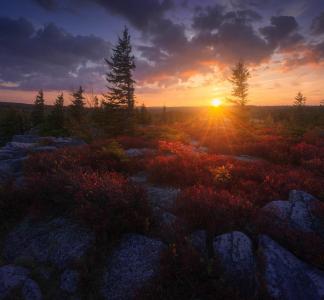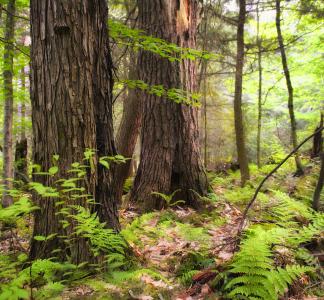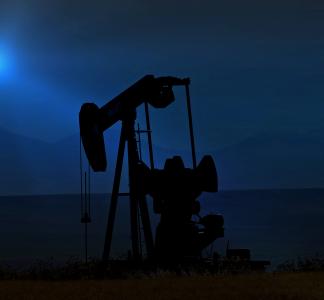What does the Inflation Reduction Act do to help communities and make public lands part of the climate solution?
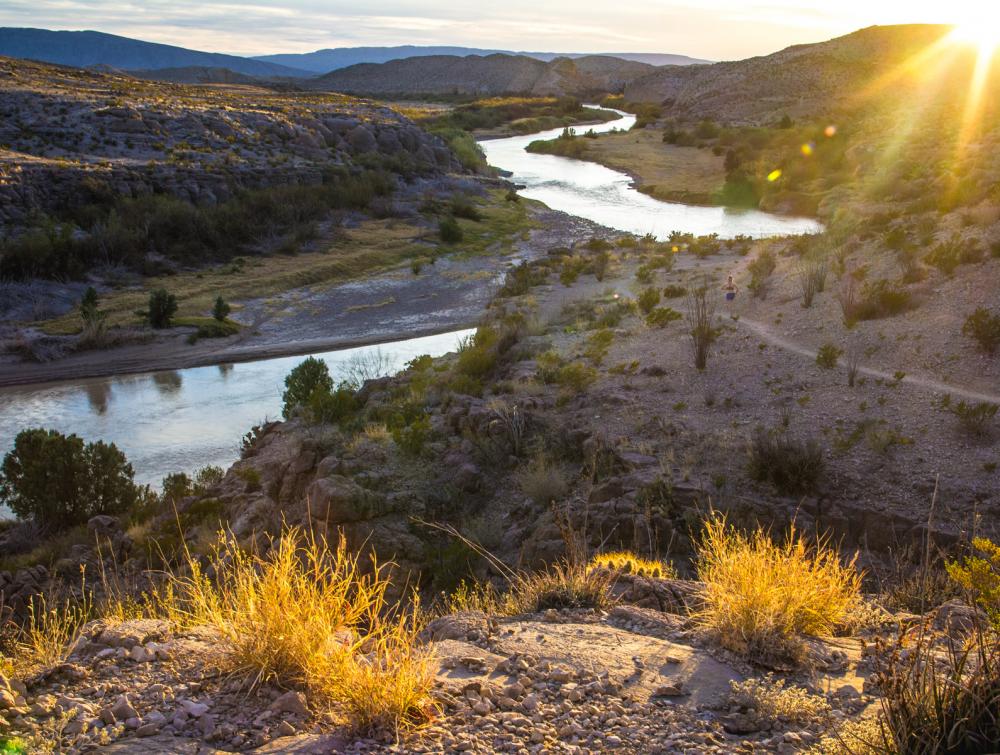
Big Bend National Park, Texas
NPS, Flickr
Bill includes funds for environmental justice, climate disaster prep
You’ve already seen the headlines; the Inflation Reduction Act of 2022 is “a big effing deal,” “sweeping" and likely “the most important climate action in U.S. history.”
But what, exactly, does the bill do?
Among other things, the Inflation Reduction Act includes programs to examine disproportionate climate and pollution impacts to communities of color; protect old-growth forests; plant more trees in urban areas; make the fossil fuel industry pay a fairer share for drilling on public lands; and help coastal communities prepare for extreme storms. Let’s take a closer look.
The Inflation Reduction Act...
-
Pays to protect and restore national parks and other public lands, including projects to help make our shared public lands more resilient to climate change
-
Invests in old-growth forest restoration and protection (and emphasizes forests’ critical role in carbon storage, clean water and sustaining communities and wildlife)
-
Pays for projects to reduce the likelihood of destructive and deadly wildfires
-
Provides money to hire new park rangers and other National Park Service staff
-
Includes money to help coastal communities prepare for extreme storms and other climate change effects, and to restore and protect coastal and marine habitat
-
Invests in environmental justice programs, including air pollution monitoring; urban tree planting and coastal restoration; energy transition rebates and grants; and environmental and public health reviews on federal projects
-
Pays for programs to improve walkability and access to affordable transportation, and to combat extreme heat, air pollution and other hazards at bus stations and other transportation facilities
-
Pays to gather more information on how climate change and pollution disproportionately hurt communities of color and low-wealth communities, and to better work with those communities
-
Makes oil and gas companies pay a fairer share to bid on leases and drill on public lands, and ends the practice of leasing certain lands for “noncompetitive” below-market rates
-
Makes natural gas companies pay for vented, flared, and leaked methane, an extremely potent driver of climate change
-
Makes billions of dollars available to help households replace equipment like furnaces and water heaters; install rooftop solar panels; and make electric vehicles more affordable
-
Includes grants and loans to improve energy and water efficiency and make other improvements in affordable housing
-
Provides production and investment tax credits to ramp up manufacturing of renewable energy equipment like solar panels, wind turbines and batteries
-
Includes grants and loans for states and electric utilities to speed up their transition to generating electricity from renewable sources
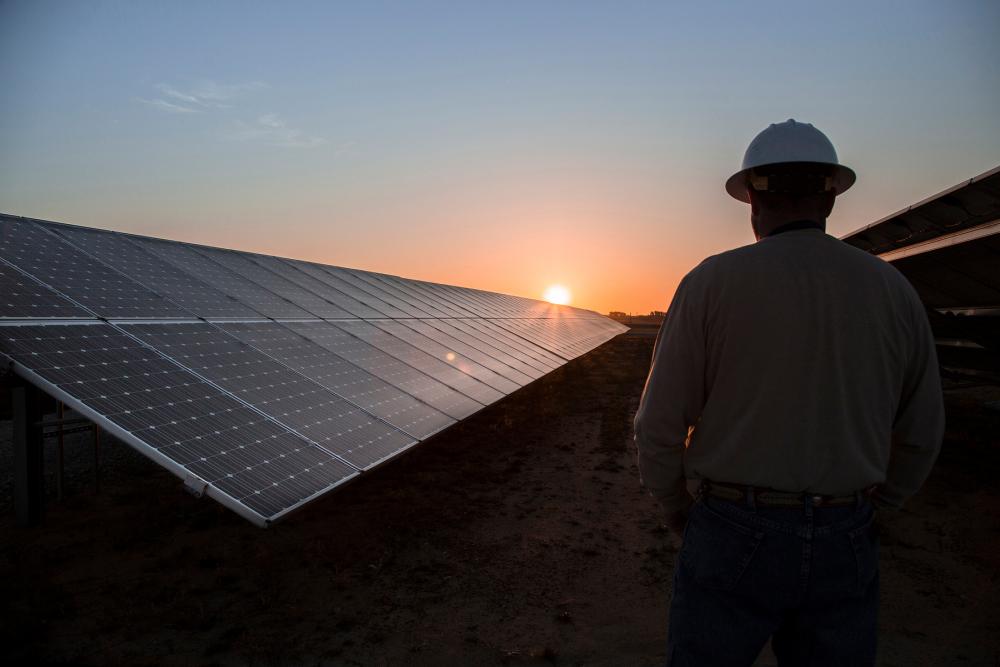
A worker watches the sunrise at a solar farm in Texas
Department of Energy, Flickr
The bill is a compromise, but it gives us a big head start
As we’ve said, the bill has some significant faults, mostly related to what it doesn’t do.
The Inflation Reduction Act fails to protect the Arctic National Wildlife Refuge, homeland of the Gwich’in and Iñupiat peoples, from oil and gas drilling. It fails to bring about the long delayed and badly needed split between fossil fuels and our national energy infrastructure (in fact, it tethers renewable energy growth to continued fossil fuel leasing).
It is a compromise. Indigenous leaders, community activists, lawmakers and others will spend untold years hammering out solutions to this bill’s shortcomings, and we’re committed to fighting alongside them to do it. But the Inflation Reduction Act gives us a big head start on meaningful climate action, something that seemed very unlikely as recently as a few weeks ago.
